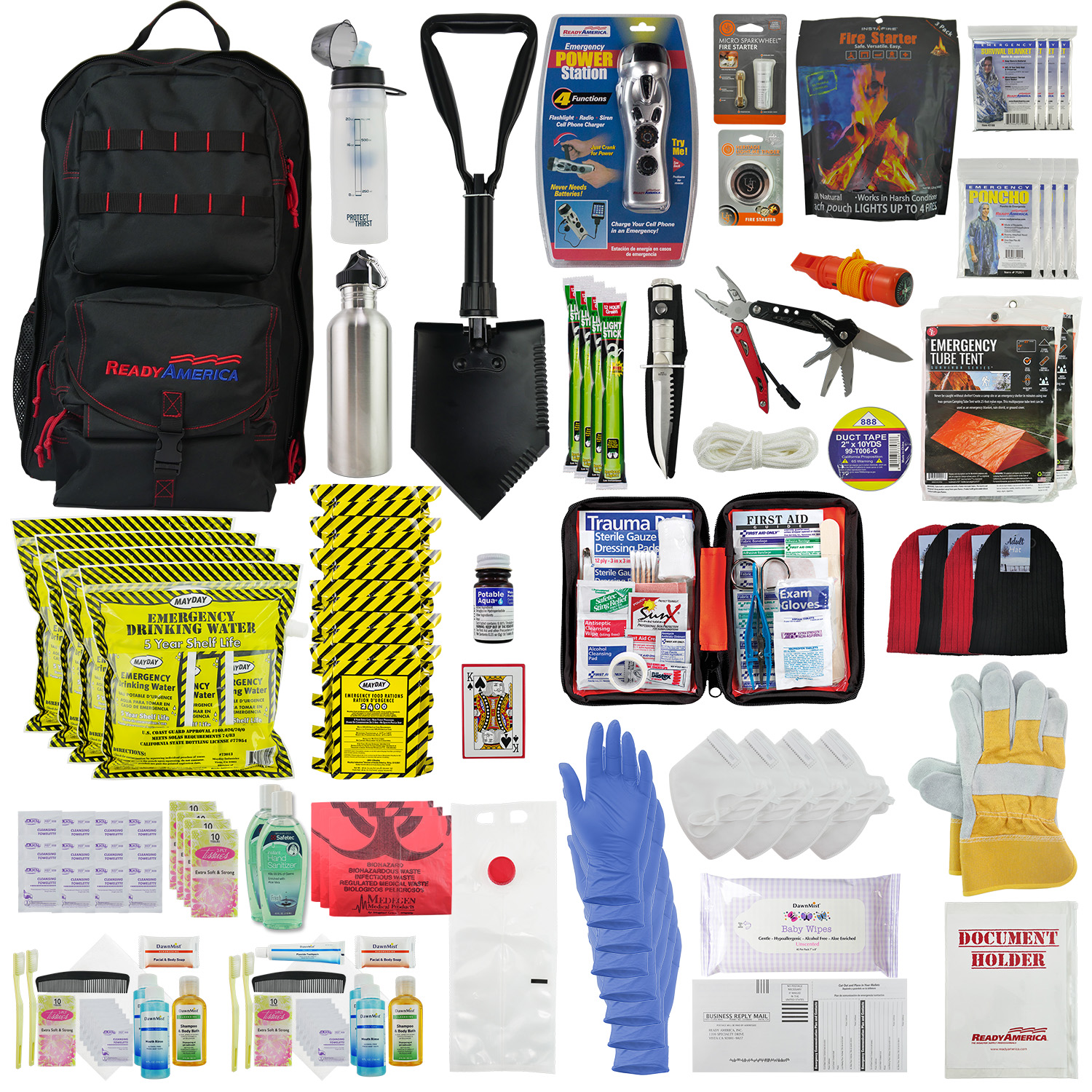Understanding the Art of Emergency Readiness: Professional Tips
Whether it be an all-natural catastrophe, a clinical emergency situation, or an unexpected dilemma, being prepared can make a considerable difference in the outcome. Understanding the art of emergency situation readiness needs a combination of knowledge, planning, and critical reasoning.
Value of Emergency Readiness
Emergency situation readiness is an important facet of making certain the security and well-being of individuals and areas when faced with unexpected calamities and emergency situations. EMERGENCY PREPAREDNESS. Being prepared can substantially reduce the influence of all-natural disasters, crashes, or various other crises that might emerge. By having a well-balanced emergency strategy in location, neighborhoods and individuals can react efficiently, possibly minimizing and conserving lives damage
One key factor why emergency situation preparedness is very important is that it helps in reducing panic and confusion during a dilemma. When individuals are conscious of what to have and do exercised emergency procedures in advance, they are most likely to stay tranquil and make rational decisions in difficult scenarios. This can bring about a more effective and orderly action, aiding in the security of lives and property.
Furthermore, emergency situation readiness fosters resilience within communities. By spending time and resources right into readiness actions such as training, drills, and infrastructure enhancements, areas can jump back faster after a calamity. This durability is vital for long-lasting healing and sustainability, making sure that neighborhoods can stand up to future emergency situations.

Structure a Comprehensive Emergency Strategy
Due to the critical duty emergency preparedness plays in minimizing the effect of calamities and cultivating area resilience, the structure for reliable reaction hinges on constructing an extensive emergency situation strategy. EMERGENCY PREPAREDNESS. A thorough emergency plan acts as a roadmap for organizations and neighborhoods to properly coordinate sources, respond to dilemmas, and make sure the security and health of people during emergency situations
Developing clear interaction methods makes sure that details is distributed efficiently during emergency situations, helping with timely decision-making. Normal training and drills help acquaint individuals with emergency procedures, ensuring a swift and effective response when a dilemma occurs. Ultimately, an extensive emergency plan is critical in enhancing preparedness, feedback abilities, and overall resilience in the face of calamities.
Important Materials and Resources
When planning for potential calamities, ensuring access to essential materials and sources is vital for efficient emergency feedback and resilience. Equipping up on non-perishable food things such as canned items, protein bars, and completely dry goods is critical to sustain individuals and family members during times of dilemma when access to fresh food may be restricted (blog here). Additionally, preserving an adequate water system, with a minimum of one gallon per individual per day for a minimum of three days, is vital for hydration and sanitation needs
Fundamental medical products consisting of bandages, bactericides, drugs, and a first help kit are essential for addressing injuries and diseases that may happen during emergencies. Flashlights with additional batteries, a multi-tool, and coverings must likewise be included in emergency situation supply sets to provide light, aid in navigation, and make sure heat and convenience.

Interaction Techniques Throughout Emergency Situations
Efficient interaction methods play an essential function in making certain timely and exact dissemination of information throughout emergencies. Succinct and clear communication is necessary for working with response efforts, supplying instructions to the public, and keeping everyone informed concerning the advancing scenario.
During emergency situations, it is very important to assign a speaker or a main communication team to make sure uniformity in messaging and stay clear of complication. This marked person or team ought to be trained in dilemma communication and efficient in delivering information in a calm and encouraging fashion. Furthermore, developing a system for two-way interaction can help collect real-time see here feedback from the affected people and address their demands better.
Moreover, utilizing modern technology such as emergency alert systems and interaction apps can simplify the circulation of crucial information and assist in rapid action efforts. By applying these communication communities, strategies and organizations can boost their emergency readiness and feedback capacities, inevitably saving lives and decreasing the impact of disasters.
Training and Technique for Readiness
An essential element in making sure readiness for emergency situations is the execution of normal training and session to enhance reaction abilities and readiness - More Help. Through constant training, emergency situation responders can familiarize themselves with methods, devices operation, and decision-making processes, eventually enhancing their performance throughout dilemmas
Training sessions ought to imitate practical emergency scenarios to supply -responders with hands-on experience in a regulated environment. These simulations enable individuals to exercise their duties, examination interaction systems, and determine areas for improvement without the stress of a real emergency.
Normal drills and exercises likewise help groups build communication and coordination, guaranteeing that everyone recognizes their obligations and can work with each other perfectly when confronted with a situation. In addition, debriefing sessions complying with training exercises enable useful comments and the chance to learn from any type of mistakes made.
Conclusion
To conclude, understanding the art of emergency preparedness calls for a detailed strategy, important supplies, effective interaction strategies, and normal training. By prioritizing readiness and taking proactive steps, people and communities can better reply to emergencies and reduce potential dangers - EMERGENCY PREPAREDNESS. It is critical to remain informed, remain ready, and continuously boost emergency situation response approaches to ensure the security and wellness of all individuals included

In conclusion, grasping the art of emergency situation readiness calls for an extensive strategy, crucial materials, efficient interaction strategies, and routine training.